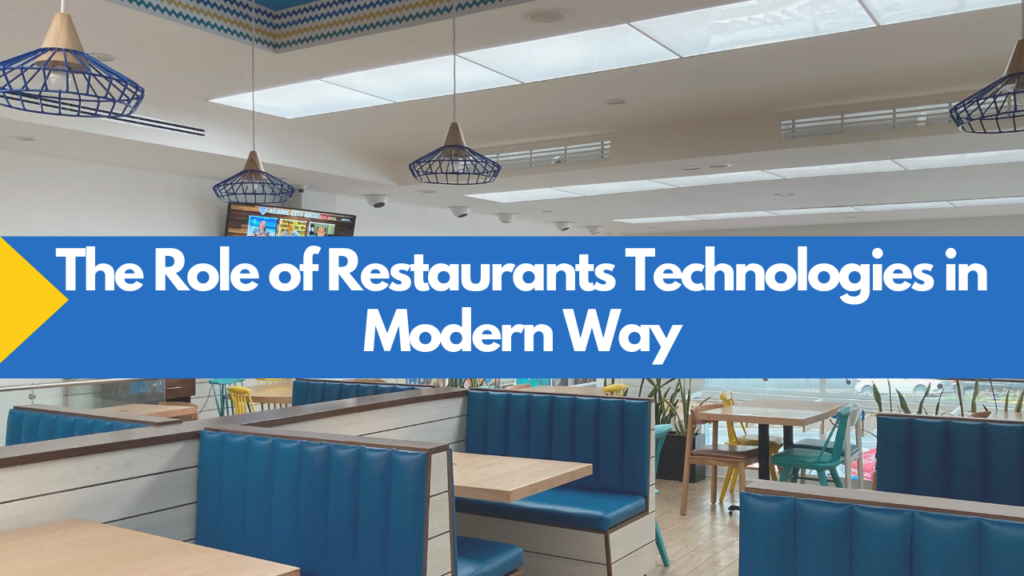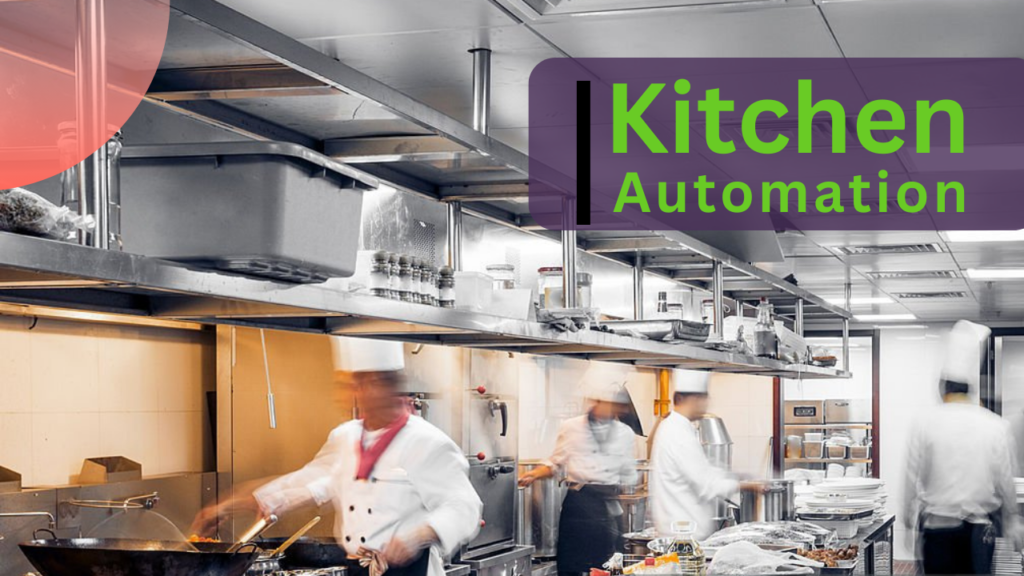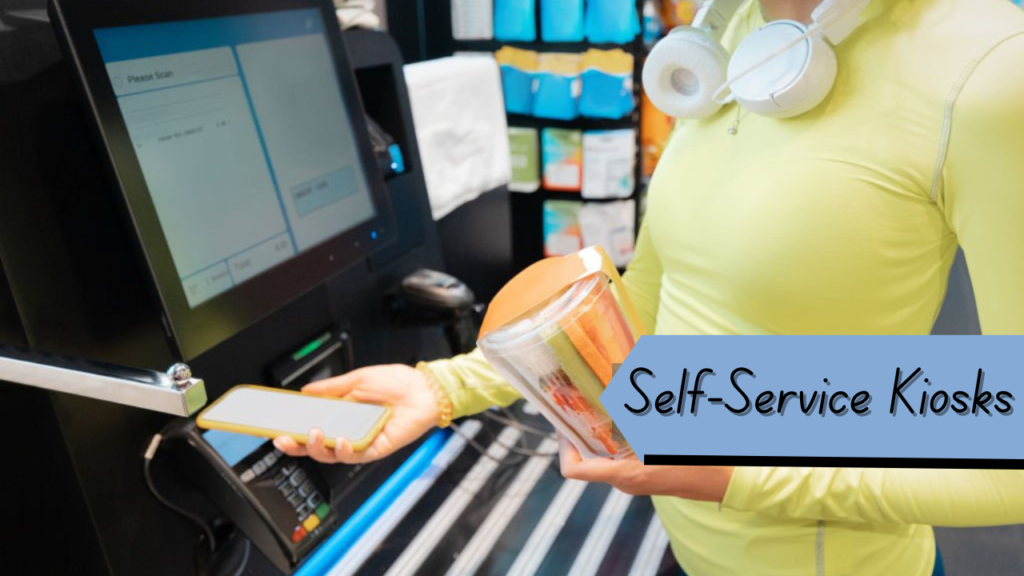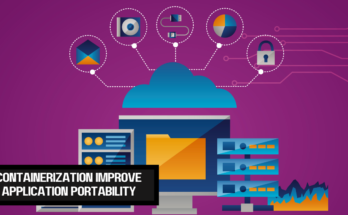The Role of Restaurants Technologies in Modern Way
Restaurants Technologies:
Technology is becoming more and more important in today’s dynamic restaurant industry, both in terms of improving the eating experience for patrons and increasing operational efficiency for operators. By implementing a range of technological solutions, restaurants may now increase overall customer happiness, streamline their operations, and prosper in a cutthroat market. These consist of AI-driven customer support, kitchen automation, reservation systems, and online ordering platforms. Restaurant Technologies is revolutionizing the restaurant business through the strategic application of technology. It offers customers a smooth and delightful eating experience and gives restaurant operators the tools they need to thrive in a competitive market.

The Evolution of Online Ordering and Delivery Platforms:
The restaurant industry has changed significantly, particularly since technology became available. This trend is seen in the growth of online ordering and delivery services. Apps like DoorDash, Grubhub, and Uber Eats have completely changed how people eat. The ease of use and accessibility provided by these platforms has fundamentally altered the way that individuals see food consumption. The straightforward and effective method of ordering and getting meals made possible by the digital revolution has completely changed the traditional eating experience.
Restaurants are making smart use of these platforms now that they see their potential. Restaurants can attract a wider audience of customers outside of their actual locations by merging with services like Uber Eats and others. This broadens their market reach and creates new revenue streams, which is in line with the evolving tastes of modern consumers who are hankering after on-demand eating experiences.
In summary, the profound influence of Restaurants Technologies, as demonstrated by these platforms, is transforming the terrain of the culinary industry, nurturing a mutually beneficial relationship between technology and gastronomy.
Restaurant Management Systems:
Technological developments in restaurants are transforming the backroom operations, and they are a key factor in this. With features like inventory management, recipe costing, staff scheduling, and extensive reporting capabilities, restaurant management systems, or RMS, have become indispensable tools.
By simplifying several activities, these restaurant technologies greatly increase operational efficiency and lessen the administrative load on managers and owners of restaurants. With features designed specifically to meet the demands of the restaurant business, RMS improves productivity all around and provides insightful information to decision-makers. These technologies enable a more structured, resource-efficient, and data-driven approach to restaurant management by centralizing and automating crucial procedures.
Kitchen Automation:
Technological innovation in restaurant kitchens is revolutionizing the food industry; one such example is the use of robotic arms. These advanced robotic helpers are used in the kitchen to automate and expedite repetitive operations like assembling salads and flipping burgers. Robotic arms help create a more effective workflow by handling these monotonous tasks, freeing up cooks to concentrate on creating elaborate and creative dishes.
The use of robotic arms in kitchen automation in restaurants not only improves operational efficiency but also significantly raises the standard of food production. The time chefs save on repetitive chores allows them to focus their skills on creating more complex and varied menu items. The precision and consistency inherent in robotic arm operations further contribute to the improvement of dish quality, as every element is meticulously handled with accuracy.

Beyond the immediate advantages of time savings and enhanced consistency, the incorporation of robotic arms in kitchen automation aligns with sustainability goals by minimizing food waste. The automated processes ensure precise measurements and controlled portions, reducing the likelihood of overproduction and excess. Technologies for restaurants not only help with cost-effectiveness for the firm but also with environmentally friendly practices.
Essentially, the installation of robotic arms in restaurant kitchens is a well-balanced fusion of technology innovation and culinary artistry. These automated helpers are essential to changing the dynamics of the kitchen as the culinary scene develops because they provide chefs the opportunity to express their creativity while also increasing operational effectiveness and sustainability measures.
Enhanced Communication with Smart Kitchen Displays:
Improve communication between front-of-house and back-of-house operations by utilizing restaurant technologies in smart kitchen displays. This will increase order accuracy and overall kitchen efficiency. These screens act as a simplified platform that facilitates easy communication and coordination between various restaurant areas, improving the overall dining experience. With real-time updates and intuitive interfaces, smart kitchen displays contribute significantly to the precision of orders and the overall efficiency of kitchen processes.
AI-Powered Customer Service :
Artificial intelligence (AI) is a key component in restaurant technologies for customer service that is improving the entire experience. AI in the form of chatbots is efficiently used to interact in different ways with customers at restaurants. These smart systems are good at handling simple requests, placing orders, and responding to frequently asked questions. Chatbots help restaurants operate more efficiently by taking care of repetitive duties. This frees up human staff members to focus on providing guests with individualized and attentive service.
Furthermore, by extending its reach into the field of customer data analysis, AI has an impact that goes beyond simple encounters. Restaurants Technologies AI systems are able to analyze and comprehend client behavior and preferences by using sophisticated algorithms. Restaurants may now customize promotions, discounts, and suggestions based on the unique client profiles thanks to this analytical capabilities. As a consequence, customer involvement takes on a more tailored and focused approach that fosters a feeling of individual attention and raises customer satisfaction levels overall. Essentially, integrating AI into restaurant customer service improves the quality and customization of the eating experience while also streamlining operational efficiency.
Other Technologies Transforming Restaurants:
1. Tabletop Ordering Systems:
- Tabletop ordering systems are a technology advancement in the hospitality sector that offer patrons a smooth and practical dining experience. Customers may easily browse digital menus, place orders, and pay their bills online with these systems—all from the comfort of their dining room table.
- Customers see a user-friendly interface featuring the whole menu with thorough explanations, photos, and pricing details when they visit the Tabletop Ordering System. Diners may explore a variety of menu items, personalize their orders, and make well-informed decisions based on their tastes thanks to this interactive platform.
- After making their decisions, clients can use the system to make their orders immediately, sending the information to the kitchen or service personnel instantaneously. This improves overall efficiency by streamlining the ordering process and reducing the possibility of order errors.
- Furthermore, the Tabletop Ordering System facilitates secure and efficient electronic payment transactions. The technology allows customers to pay their bills immediately, doing away with the need for paper money or conventional credit or debit cards. This contactless payment option promotes a clean and contemporary dining experience while also improving convenience and conforming to modern contactless transaction preferences.

2.Electronic Menu Displays:
Restaurants use dynamic screens called electronic menu displays to show their patrons the menus, special offers, and prices. These screens, which deviate from conventional menu boards, have the benefit of displaying dynamic and eye-catching content.
Technologies for restaurants provide them the freedom to quickly change their menu items, prices, and special offers. This not only makes eating more engaging and interactive, but it also helps establishments quickly adjust to changes in their menus and prices.
3. Introduction of Self-Service Kiosks for Improved Customer Experience:
Self-service kiosks at restaurants can greatly reduce wait times and expedite order processing, improving the entire experience for patrons. By enabling users to independently start and finish their orders, these kiosks lessen the need for traditional order queues and cut down on the amount of time customers must wait in line.
- EEffective Order Placement: In restaurants, self-service kiosks can expedite order processing and significantly cut down on wait times, giving customers a better overall experience. These kiosks reduce the necessity for traditional order queues and the length of time consumers must wait in line by allowing users to independently start and finish their orders.
- Minimization of Wait Times: Self-service kiosks significantly cut down on wait times by enabling customers to place orders on their own. Consumers don’t have to wait in line to choose things, move quickly through the ordering interface, or finish transactions.. This leads to a more expedited and seamless experience, particularly during peak hours.
- Elevated Customer Contentment: The implementation of self-service kiosks resonates with the modern preference for convenience and independence. As patrons assume command of the ordering process, they are prone to feel a heightened satisfaction owing to the efficiency and user-friendly design of the self-service kiosk system. This favorable interaction significantly adds to overall customer contentment and fosters loyalty.

- Optimized Staff Resources: Self-service kiosks allow businesses to optimize their staff resources by redistributing labor from order processing to more personalized customer service tasks. Orders are efficiently processed using kiosks, freeing up staff time to attend to individual client needs, offer support, and maintain a high standard of service quality.
- Adaptability to Diverse Settings: These self-service options can be used in a variety of environments, such as quick-service restaurants, retail stores, and hotels. Self-service kiosks’ inherent versatility makes them an invaluable tool for organizations looking to enhance and rejuvenate consumer encounters in a variety of settings.
4. Autonomous Food Delivery Robots:
- Food delivery robots are cutting-edge Restaurants Technologies solutions designed to revolutionize the food delivery industry. These autonomous robots are programmed to automate the process of delivering food within a predefined and limited radius. The primary objectives of incorporating these robots into delivery services are to streamline operations, reduce labor costs, and significantly enhance delivery speed.
- By Restaurants Technologies, businesses can optimize their delivery operations, particularly in geographically constrained areas. Automating the delivery process reduces dependence on human labor, resulting in cost savings for businesses. Equipped with sophisticated navigation systems and obstacle avoidance mechanisms, these robots adeptly navigate urban environments, ensuring punctual and secure deliveries.
- The incorporation of food delivery robots into the supply chain enhances not only operational efficiency but also expedites and strengthens the delivery experience for customers. These robots uphold consistent delivery schedules, overcoming potential challenges associated with human factors, such as fatigue or performance variations.
Challenges and Benefits of Implementing Restaurant Technologies :
| Benefits of Implementing Restaurant Technologies | Challenges of Implementing Restaurant Technologies | |
| 1. | Increased Operational Efficiency: By putting restaurant technologies into practice, operations can be streamlined, administrative work can be reduced, and efficiency can be raised overall. | High Initial Investment: Using new technologies in restaurants frequently necessitates a high initial outlay of cash. The purchase of hardware, software, and other technology infrastructure is included in this initial outlay. |
| 2. | Elevated Customer Service Standards: By incorporating technology, restaurants can offer a more personalized and convenient dining experience for their guests. | Complex Integration Hurdles: The seamless integration of diverse Restaurants Technologies operational framework can be intricate. |
| 3. | Profit Maximization: The integration of Restaurants Technologies opens avenues for additional revenue streams, waste reduction, and enhanced profitability. Through features establishments can increase their revenue while minimizing unnecessary expenses. | Cybersecurity implementation: is necessary for restaurants in order to safeguard sensitive data, including payment details of customers, against potential breaches and unauthorized access. |
| 4. | In-depth Data Insights: The adoption of Restaurants Technologies provides access to valuable data and analytics.
|
Resource-Intensive Employee Training: Introducing new Restaurants Technologies requires comprehensive training programs for restaurant staff. Adequate training is essential to maximize the benefits of the implemented systems and ensure efficient day-to-day operations. |
| 5. | Cost Reduction Strategies: Automation and improved operational efficiency offered by Restaurants Technologies contribute to lower labor costs. | Encouraging Customer Adoption: Convincing customers to embrace and interact with new Restaurants Technologies environment can pose a notable challenge. |
Conclusion:-
New technologies are bringing about a significant transformation in the restaurant industry, which benefits both patrons and the establishments themselves. Restaurants may boost internal productivity, increase customer happiness, and obtain a competitive edge in the market by utilizing the newest technologies and following industry trends. It is imperative that eateries give due consideration to the obstacles that come with incorporating technology in order to guarantee that these developments suit the unique requirements and objectives of every establishment.
Frequently Asked Questions (FAQs) on Restaurant Technologies:
What are the most common restaurant technologies?
A: Some of the most common restaurant technologies include:
- Online ordering and delivery platforms: Uber Eats, Grubhub, DoorDash, etc.
- Restaurant management systems (RMS): Toast, Square POS, Lightspeed Restaurant, etc.
- Kitchen automation: Robotic assistants, smart ovens, self-cleaning equipment, etc.
- AI-powered customer service: Chatbots, virtual assistants, personalized recommendations, etc.
- Tabletop ordering systems: Interactive menus, electronic payments, etc.
- Smart kitchen displays: Real-time order updates, kitchen communication tools, etc.
- Self-service kiosks: Independent order placement, queue reduction, etc.
- Food delivery robots: Automated food delivery within a limited range.
Q: What are the benefits of using restaurant technologies?
A: Restaurants can benefit from technology in many ways, including:
- Increased efficiency: Streamlined operations, reduced administrative tasks, improved kitchen workflow.
- Improved customer service: Personalized dining experiences, convenient ordering options, fast service.
- Increased profits: Additional revenue streams, reduced waste, cost savings through automation.
- Enhanced data insights: Valuable information for informed business decisions, improved marketing strategies.
- Reduced costs: Lower labor costs, optimized inventory management, waste reduction.
Q: What are the challenges of implementing restaurant technologies?
A: Some challenges restaurants face when implementing technologies include:
- Initial investment: Costs associated with purchasing, installing, and maintaining new systems.
- Integration challenges: Ensuring seamless integration between different technologies used.
- Cybersecurity concerns: Protecting customer data and information from cyber threats.
- Employee training: Time and resources required to train staff on new technologies.
- Customer adoption: Encouraging customers to use new technologies and overcome potential resistance.
- issues before wider adoption.
Q: Can technology improve the customer dining experience?
A: Yes, technology can enhance the dining experience by offering features such as digital menus, online reservations, personalized recommendations, and efficient payment options, providing customers with a more seamless and enjoyable experience. Advancements in technology play a pivotal role in elevating the overall dining experience for customers. By incorporating innovative features, restaurants can create a more engaging and satisfying atmosphere.
Q: How can restaurants ensure the security of customer data in the digital age?
A: The future of restaurant technologies is likely to see continued innovation and advancements in areas such as:
- AI-powered personalization: More personalized recommendations, menus, and offers based on individual customer preferences.
- Increased automation: Automation of more kitchen tasks and back-of-house operations.
- Enhanced data analytics: Deeper insights into customer behavior and operational efficiency.
- Integration with smart devices: Seamless integration of restaurant technology with smart homes and other devices.
- Emerging technologies: Exploration of new technologies like augmented reality and virtual reality to enhance the dining experience.

